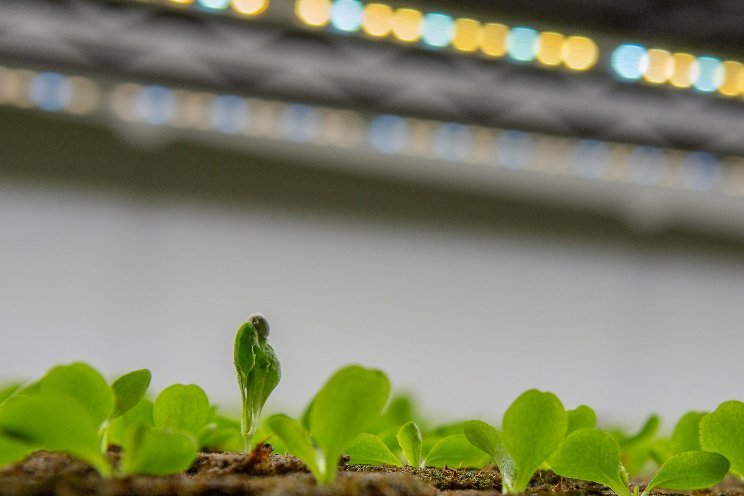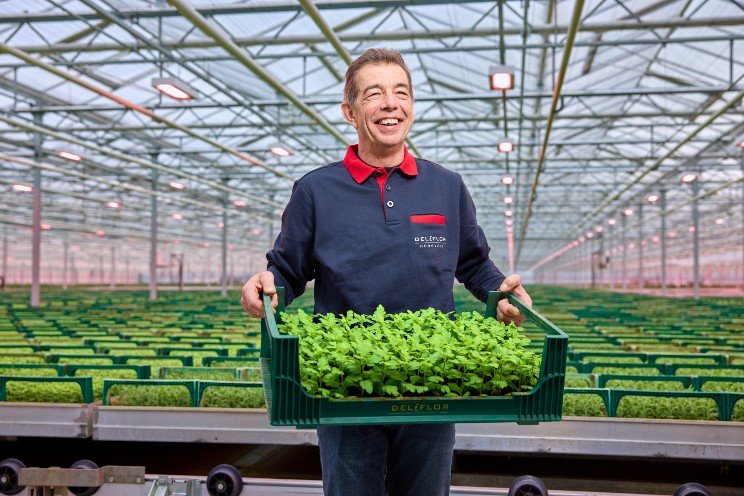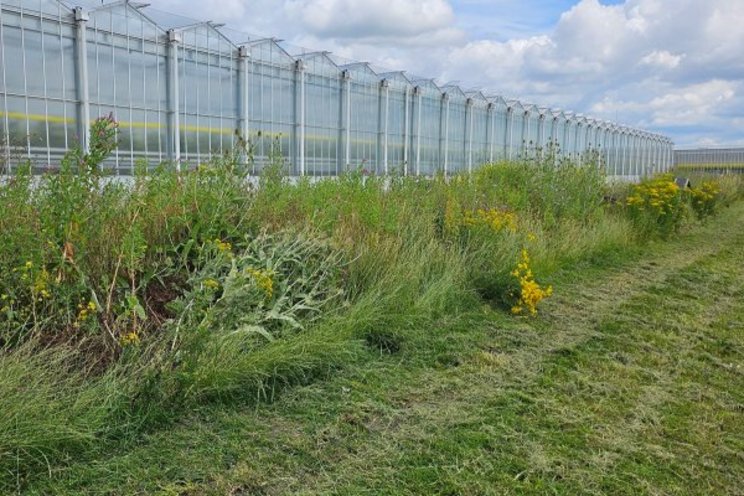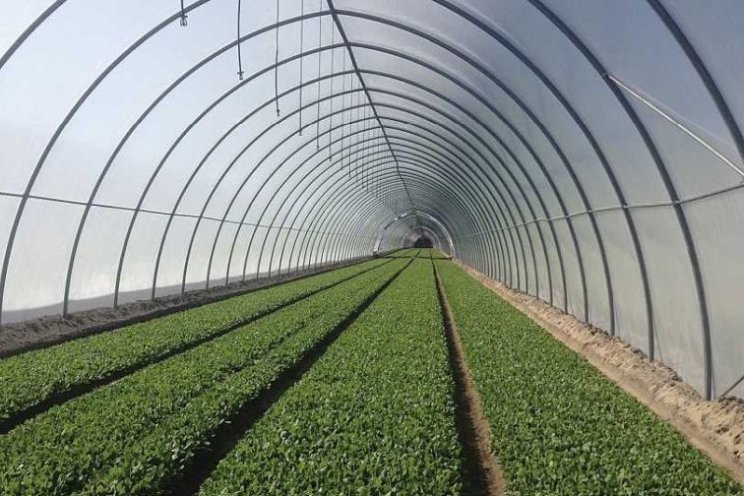Creating an effective IPM strategy
Added on 06 July 2023
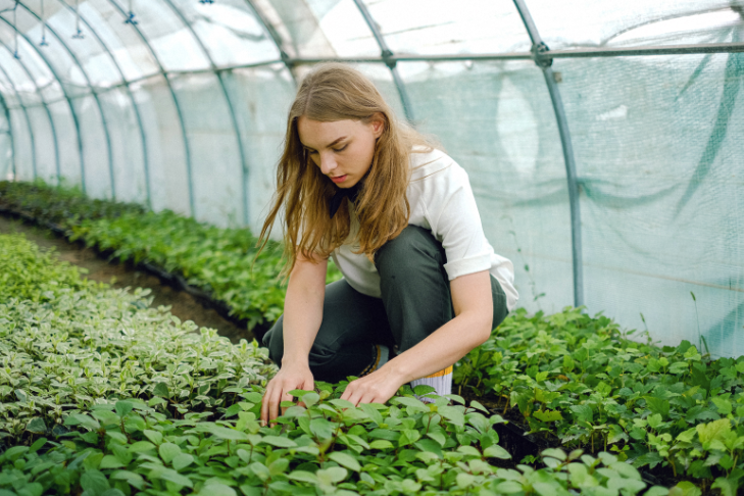
Identify and Monitor Pest Pressure
The first step in developing an IPM strategy is to identify potential pests and diseases that may affect your greenhouse crops. Conduct regular scouting and monitoring activities to detect early signs of infestations. This can include visual inspections, trapping methods, and the use of monitoring tools such as sticky traps and pheromone traps. Keep detailed records of pest populations and their development over time.
Set Action Thresholds
Establishing action thresholds is crucial to determine when intervention is necessary. Action thresholds are predetermined pest levels that, when exceeded, trigger specific control measures. These thresholds are typically based on economic or aesthetic considerations and help prevent unnecessary pesticide applications. Consult with experts or refer to research-based guidelines to determine appropriate action thresholds for your specific crops.
Photo: ecoation
More news

